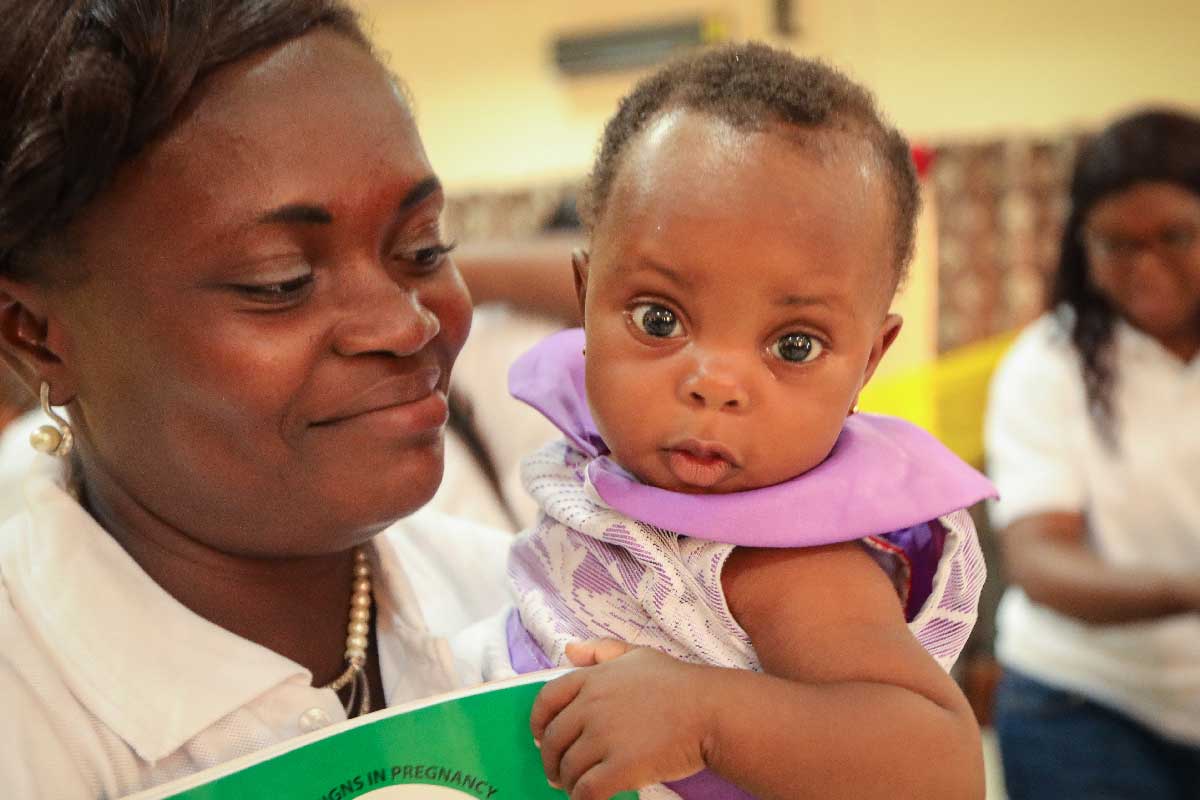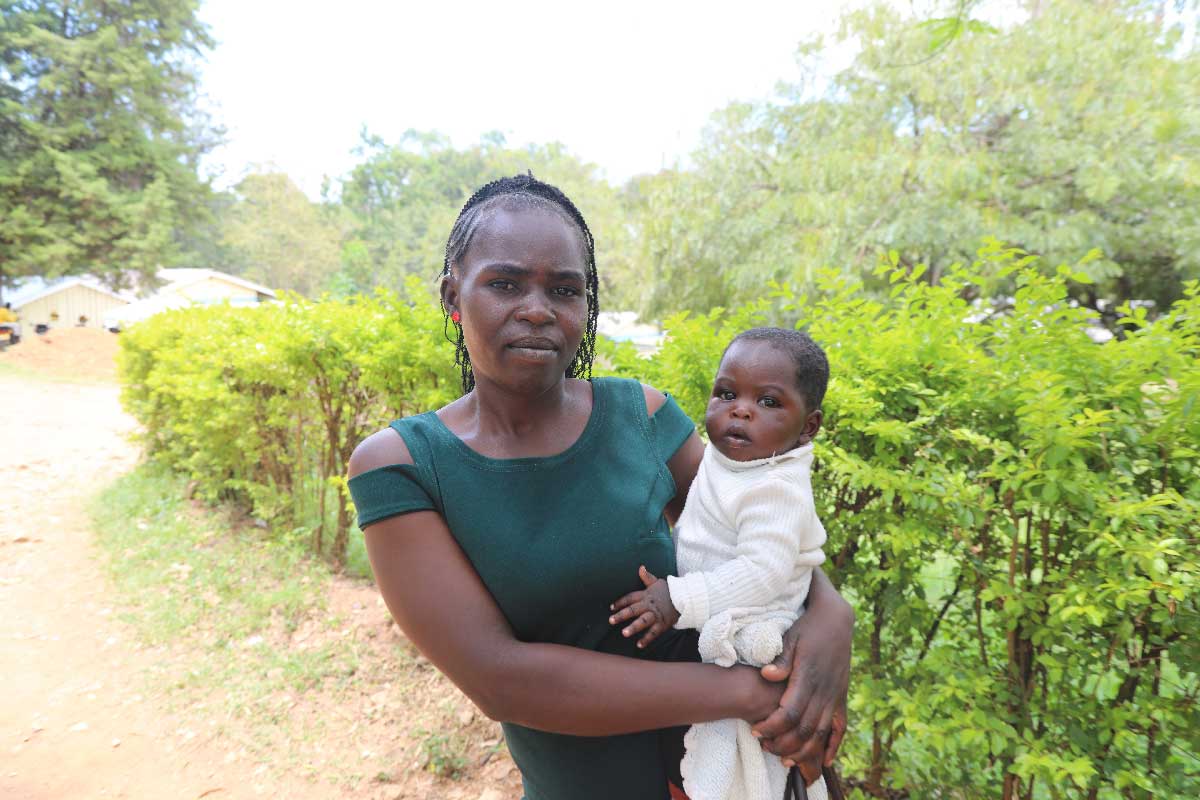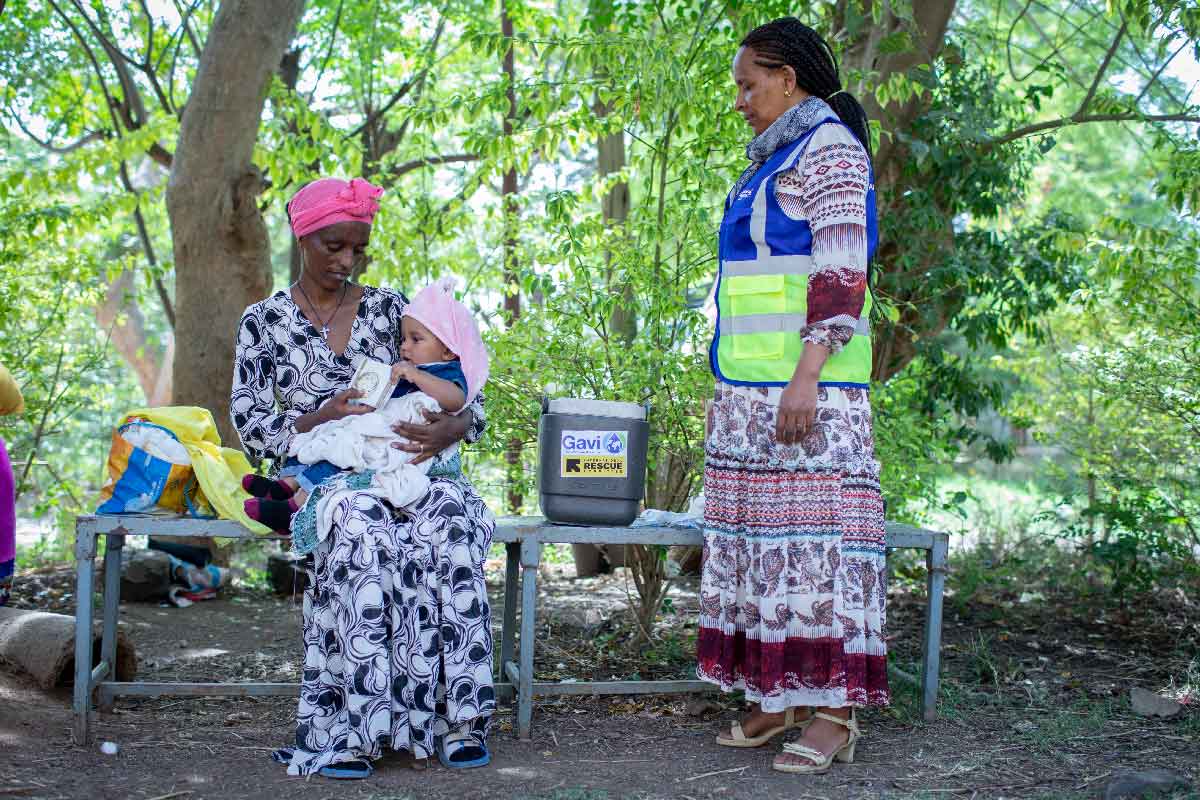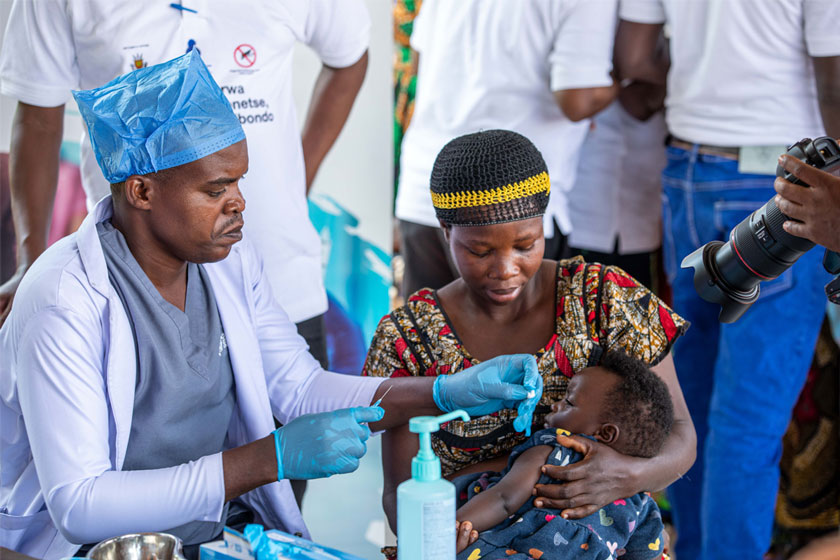How vaccines have almost eliminated hepatitis B in Uzbekistan’s children
After introducing hepatitis B vaccines nationwide in 2001, Uzbekistan now reports one of the lowest infection rates among children in the region.
- 27 June 2025
- 4 min read
- by Linda Geddes
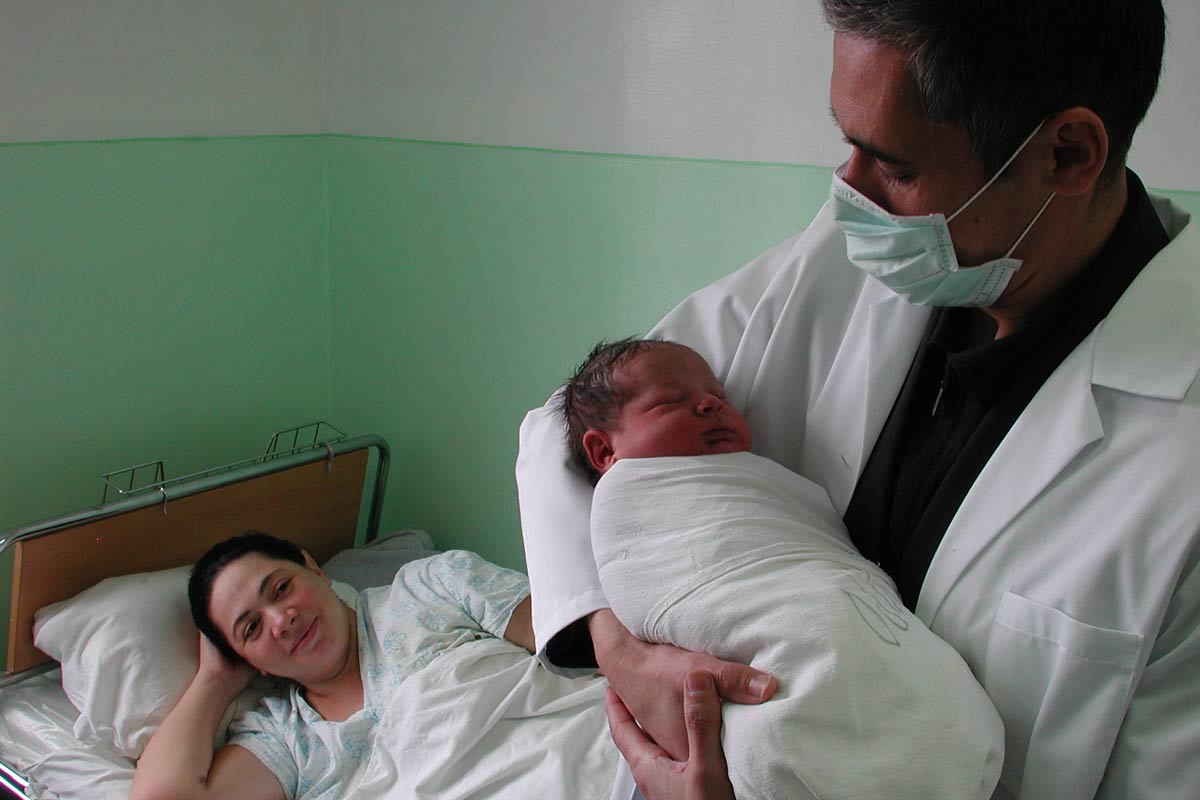
In 2001, few people would have guessed that Uzbekistan would become a regional model for eliminating hepatitis B among children. Back then, it was grappling with high infection rates and a fragmented health system. Yet just over two decades later, a nationwide survey has revealed that the prevalence of hepatitis B virus in Uzbek children has dropped to just 0.2% – not only meeting the World Health Organization’s target for hepatitis B control, but placing Uzbekistan among only nine countries in the European region to have achieved this milestone.
Stealth virus
Hepatitis B is a liver infection caused by the hepatitis B virus. Some people who become infected are only ill for a few weeks; others have no symptoms at all and recover without lasting effects, while a small number can become seriously ill and die soon after becoming infected.
There’s also the risk of developing a lifelong, chronic infection that can quietly progress to liver failure or cancer many years later. The risk of this happening is higher for infants, because their immune systems are still immature and less able to recognise and fight off the virus effectively.
Fortunately, three doses of the hepatitis B vaccine provides 98–100% protection against infection, with protection lasting for at least 20 years – and probably for life. Because of this, the World Health Organization (WHO) recommends that all infants receive the vaccine as soon as possible after birth, preferably within 24 hours, followed by a further two or three doses at least four weeks apart.
Uzbekistan introduced nationwide immunisation against hepatitis B in October 2001, supported by US$ 4.5 million in Gavi funding through to the end of 2008. The programme offering a birth dose of the monovalent hepatitis B vaccine, followed by two additional doses.
In 2009, the country transitioned to the pentavalent vaccine – which provides protection against hepatitis B, diphtheria, tetanus, pertussis and Haemophilus influenzae type B – while continuing to administer a birth dose of monovalent hepatitis b vaccine. This expanded approach was backed by a further US$ 32 million in Gavi support over the next decade.
Coverage with hepatitis B-containing vaccines has been consistently high – typically above 95% – since 2002. Even so, the impact of hepatitis B vaccination and progress towards achieving the regional hepatitis B control and global viral hepatitis B elimination goals had not been assessed.
Chronic infections
To investigate, Dr Nino Khetsuriani at the US Centers for Disease Control and Prevention (CDC) and a team of Uzbekistan-based researchers conducted a nationwide cross-sectional survey measuring a key marker of chronic infection, known as hepatitis B surface antigen (HBsAg), in children.
During 2022, they collected blood samples from 3,753 children, as well as verifying their immunisation records to check how many doses of hepatitis B vaccine they had received.
The research, published in Vaccine, revealed that just 0.2% of children in grades one to three tested positive for this antigen – well below the 0.5% threshold set by WHO’s European regional target, “demonstrating the profound impact of more than 20 years of successful routine hepatitis B vaccination in Uzbekistan,” Khetsuriani and colleagues said.
“With sustained high coverage, overall prevalence in Uzbekistan’s general population will likely further decline as more vaccinated cohorts reach adulthood, and the burden of hepatitis B in Uzbekistan will increasingly shift to age groups born before vaccine introduction,” they added.
Immunisation excellence
Uzbekistan fully transitioned out of core Gavi support in 2022, and health experts increasingly view its national immunisation programme as one of the most effective in the region, with 99% of children receiving a third dose of diphtheria, tetanus and pertussis-containing vaccine – a proxy for routine vaccination coverage more broadly.
Jan-Christopher Castilhos França, Senior Country Manager for Middle-Income Countries at Gavi, said: “Uzbekistan stands as a model of excellence in immunisation after transitioning out of Gavi support. Fully self-financing its national immunisation programme, the country has demonstrated tireless commitment and remarkable performance, setting a high standard for both current and former Gavi countries.
“A recent audit conducted by Gavi in late 2024 confirmed the strength of Uzbekistan’s immunisation framework, praising the dedication of national professionals and the programme’s impressive efficiency and resilience, even in the face of limited resources.”
Have you read?
Elimination goal
While Uzbekistan’s vaccination programme has laid a solid foundation eliminating the disease, progress in other areas – such as widespread testing, access to antiviral treatment, and strengthening infection control and prevention in healthcare settings – has been slower, due to limited resources.
In 2017, however, the government elevated viral hepatitis to a national health priority and set specific goals for prevention and treatment the following year. Since then, a pilot programme in Tashkent has trialled a simplified test-and-treat approach, and in 2022, the government announced ambitious plans: to test up to one million people a year for hepatitis B and C, establish a national electronic registry for chronic liver disease, and provide hepatitis B vaccination to health workers in contact with blood.
“The finalisation of the national strategic plan for viral hepatitis elimination, currently under development, will help to identify innovative approaches and ensure continued expansion of these efforts throughout Uzbekistan,” Khetsuriani and colleagues said.
More from Linda Geddes
Recommended for you
